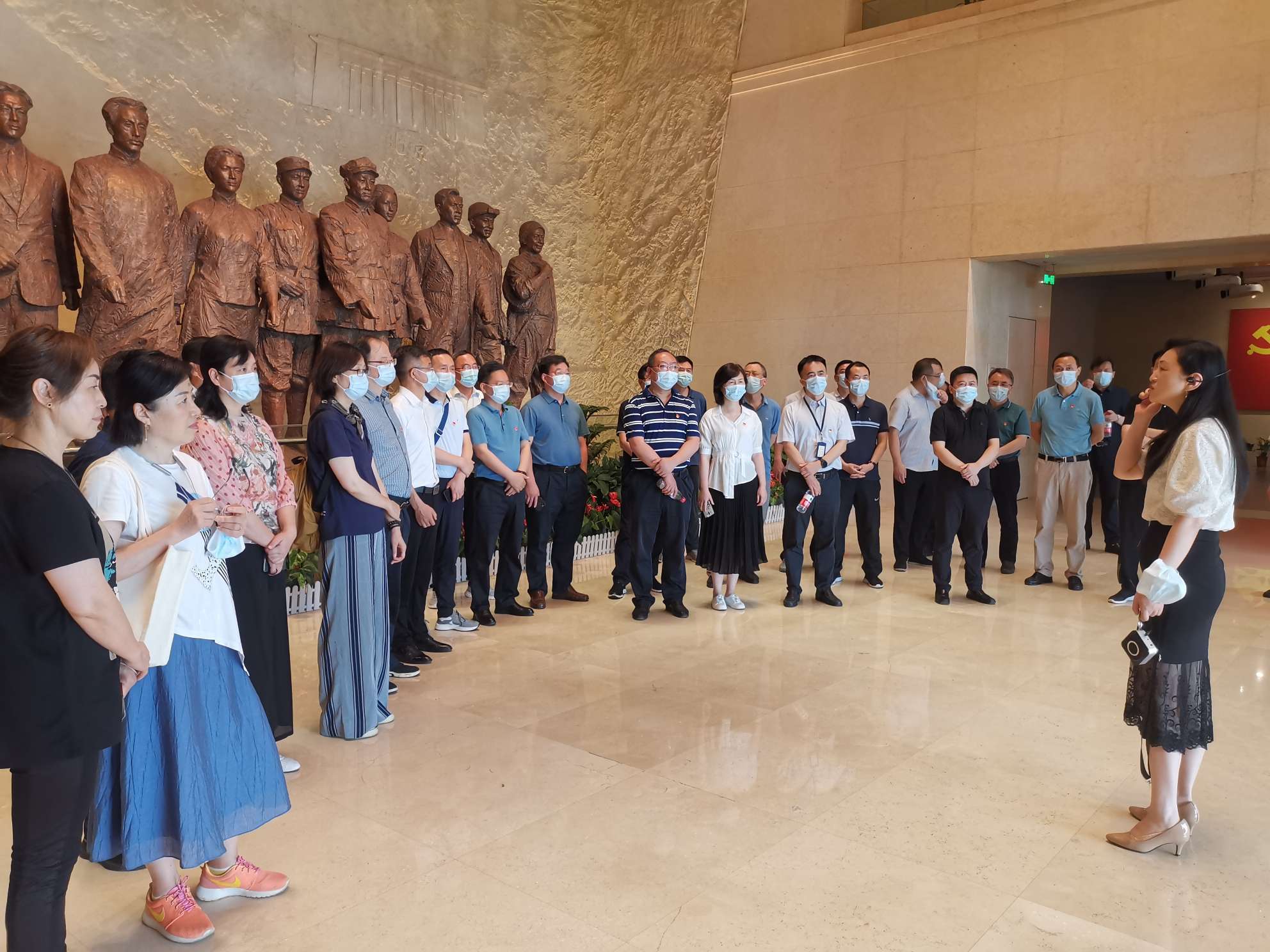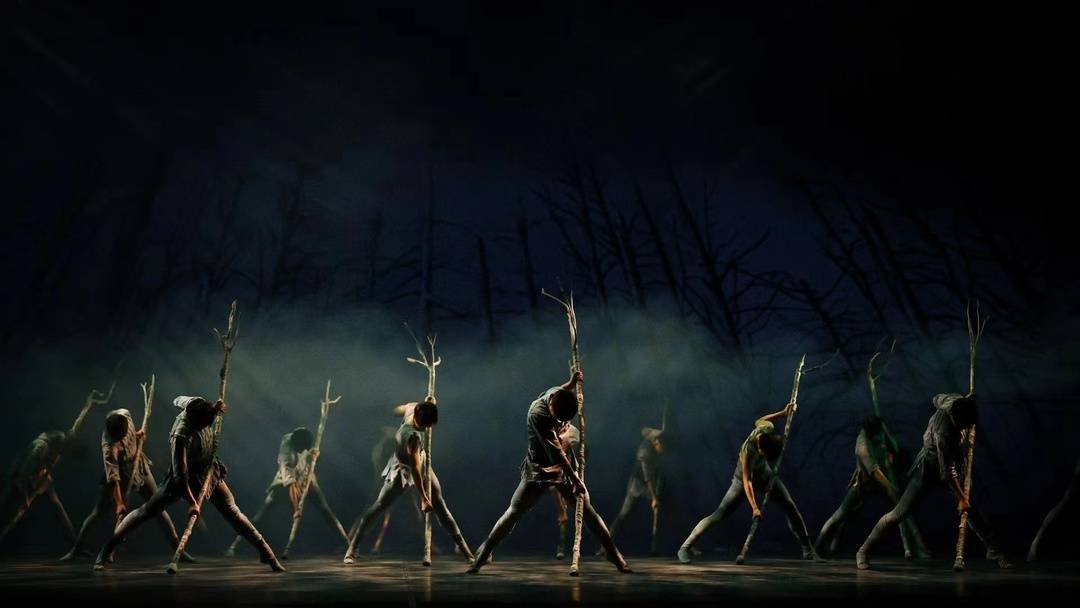40 archaeological cultural bloggers help 148 (group) Zhejiang elemental cultural relics appear at the Zhejiang Museum
Author:Hangzhou.com Time:2022.09.21

Zhejiang has a long history and its humanities, and the unique civilization mark and cultural symbols of the Earth are built on the history of Chinese history and cultural relics. Not only left a wealth of cultural relics in Zhejiang, but also the signs of different depths in the country and even far away from all over the world.
On September 20th, the "Legend of Zhejiang in Chinese Cultural Relics" exhibition was held in the Wulin Pavilion District of Zhejiang Province Museum, which lasted until November 30.
The exhibition is divided into five chapters, and a total of 148 (group) of representative Zhejiang element cultural relics from 40 archaeological cultural bloggers collected from 40 archaeological cultural expo agencies collected from 40 archaeological cultural blogging institutions collected from all over the country, restore the spread of Zhejiang cultural relics in different historical periods. Communicate, build Zhejiang's context in the map of Chinese cultural relics, to interpret the richer and wider Zhejiang regional culture, and show the vigorous vitality of the more people's spirit.

Tomb 12 Tomb, Yuhang, Zhejiang Yuhang Ruins, Tomb, Tomb, Yuyu King God Beast Facing
The "Belief · March" chapter shows the belief system represented by the Liangzhu Culture Jade, from prehistoric to the Song Dynasty, and the Yue Sword Craftsmanship and the cultural character of the adversity of the Yue people represented by the Yue Wang Jian during the Spring and Autumn Period and the Warring States Period. Essence

King of Jade
Earth unearthed at the Tomb 12 of Hangzhou, Hangzhou, Zhejiang (Collection of Zhejiang Provincial Museum)
Liangzhu jade is one of the most prominent achievements in Liangzhu culture. Dajie unearthed from the Yuhang Cemetery of Yuhang Yuhang, is known as the King of Jade. This is the most comprehensive comprehensive volume, the best jade quality, and the most exquisite carving process, which is the most mature period of Liangzhu jade. The most complete image of the decoration. In this exhibition, the six jade jade in the Tomb 12 of the Anti -Mountain Ruins of the Yuzhang King was exhibited for the first time.


King of the Warring States Period is designed for Sword (Zhejiang Museum Collection)
During the Spring and Autumn Period and the Warring States Period, the Yue people were famous for their diligent cultural character and outstanding sword -casting technology. In addition to the exhibition of the Zhejiang Museum Town Town, the King of the Museum of Zhejiang Province was designed to the sword, and the four king swords were unearthed in the Tomb of Chu. Among them, Yuewangjian sword unearthed from the tomb of Jingmenzi Linggang, Hubei, and the Yuewang sword unearthed from Nanbai Building, Nanbai, Wangdian Township, Huaiyang, Henan Province, for the first time in Zhejiang.
The "Technical · Jinfeng" chapter shows the mature celadon in the late Eastern Han Dynasty in Shangyu Yue kiln in Zhejiang, and the most famous secret porcelain in the history of Yue Kiln Celery craftsmanship during the late Tang Dynasty.

Zhejiang Shangyu Mountain kiln site
In the middle and late Eastern Han Dynasty, the celadon in the middle and late period of the Eastern Han Dynasty was first successfully fired in Zhejiang, thanks to the accumulation of porcelain stones in the south, as well as long -term firing of printed hard pottery and primitive celadon.

East Han celadon well
In 1978, the Tomb of the Four years of the Eastern Han Dynasty (175) of Fenghua Eastern Han Dynasty (175) of Fenghua (175) in the Eastern Han Dynasty (175) (175)
During the Three Kingdoms period, Sun Wu Liguo Jiangdong, as an emerging handicraft industry, showed a vigorous vitality and entered the first peak period of the production of Yueyao celadon. During the Western Jin Dynasty of the Three Kingdoms, the quality of the Yue kiln products was high in quality, the themes of the decoration were diverse, and the types of utensils were extremely rich. The huge celadon sheep unearthed in the Zhuran family tombs of the Ma'anshan family in Anhui, Anhui, is a masterpiece of the Yueyao production of the Three Kingdoms and Western Jin Dynasty.
From the mid -nineth century to the middle of the tenth century, with the use of box bowl -loading technology and mature control of instruments and glazed colors, it represents the secret color porcelain of the highest level of firing in the Tang and Song dynasties. Production.

Three Kingdoms Wu Celadon Sheep
In 1996, the tomb of the Zhu Ran family of Ma'anshan, Anhui (Collection of Zhuran Family Cemetery Museum)
After Wu Yue founded, the Yue kiln -made porcelain industry entered its heyday and became an important economic category of Wu Yueguo. During the late Tang and Five Dynasties, the most secrets of the secret color porcelain were the tombs of Wuyue Guoqian family in Hangzhou and Lin'an.


In 2015, the site of the late Tangyue kiln celadon specimens unearthed from the Siwen kiln site in the Linhu Lake in Cixi, Zhejiang (Collection of Zhejiang Provincial Cultural Relics and Archeology Research Institute)
The first generation of Tang Tianfu (901) was exhibited in this unit. porcelain.
The "Yongchong Support" chapter shows the popularity and spread of carved printed products such as the Golden Copper Ayuro King Tower and the Baoyao Seal in the context of the five generations of Wu Yue.

Wu Yueguo to the Song Dynasty folk to make the Asho Kings Tower
The golden wooden tires unearthed from the Emperor Temple of the Northern Song Dynasty in the Northern Song Dynasty is the largest, most exquisite, and most complicated Ayuro Tower found to date. In this exhibition, this heavy weapon that is closely related to the historical and cultural relationship with Wu Yueguo is exhibited together with the Gold Tower and wooden tires, echoing the Yin Ayuro King Tower unearthed from the Leifeng Tower Palace in the exhibition hall.
Zhejiang's carving was printed in the leading position of the country during the Five Dynasties, which was related to the emphasis on cultural and education and the Guangyin Buddhist scriptures of the Fifth Dynasties of Wu Yueguo. The exhibition also exhibits all three Bingchen (956) and Yichou (965) of the "Bao Yin Seal", which are currently known and collected by the domestic cultural bloggers.

The five generations Wu Yueguo Yizheng (955) "Ji" "Qian Hongzheng Cultivation of Tong Ayuro Tower
In 1955, it was unearthed at the top of Chongfu Temple, Tongxiang, Zhejiang (Zhejiang Museum Collection)
In addition to worshiping relics with the physical object of the Ayuro King Tower in Leifeng Tower, Wuyue King Qian Qian Yuan Yuan's Mandarin King Palace was placed in the tower brick to benefit from the tower prints printed by Bingzi (976) Essence This tower is very small. A tower chart residual part of the Zhejiang Bo was displayed for the first time after the exhibition was restored.

Five Dynasties Wu Yueguo Bingzi (976) "Wang Chengyi" tower map
Zhejiang Museum Collection
After the Song Dynasty, the two states of Hangzhou and Vietnam became an important area for carving in the early Song Dynasty. The engraved Buddhist scriptures and Buddhist paintings of Wu Yue's hometown publishing are found in Zhejiang, Jiangsu, Shandong and Japan. This exhibition exhibits the Scriptures of the Northern Song Dynasty and the Buddhist scriptures unearthed from the pagoda palace of Suzhou, Wenzhou and other places. In the context of the "Commodity · Trade" chapter showing the popularity and circulation of the Huizhou mirror, Wenzhou lacquerware, and Song and Yuanlongquan kiln porcelain in the Song Dynasty during the Song and Yuan Dynasties, and the prosperity of the overseas trade.
Southern Song Dynasty "Ding Yi Wenzhou Five Horse Nian Erlang went to the jail" Mingzhu Qianjin "Hundred Qian Ruan Zitu" rectangular box

In 1978, the Tomb, No. 5 of Jiangtang, Wujin District, Changzhou, Jiangsu, was unearthed
The "Wenzhou" Mingzhu Qi Gold "Summer Clear Tour Map" in the Song Tomb of Wujin Village, Changzhou, Jiangsu, Jiangsu Changzhou, Lingli Fanbi, Black Di Gold Hook Fill the paint "Liutang Xiaoshan Map" rectangular box, Zhu Qijin "Hundreds of hundreds Qian Ruan Zitu "Nagato Box is a masterpiece of the Song Dynasty Gold Lacquer Water. This exhibition exhibited Zhu Qixuan's "Hundred Qian Ruan Zitu" rectangular box.
Southern Song "West Lake Map"

Jiang Qingqing According to the National Library, Southern Song Xianchun carved "Xianchun Lin Anzhi" "West Lake Map" recovered
Thirty -six years of Wanli (1608) · Zhou Long "West Lake Panorama Map"

Zhejiang Museum Collection
Twenty -first year of Ming Chenghua (1485) · Shen Zhou's "Hushan Jiaqu Tu" (partial)

Zhejiang Museum Collection
The "Lakes and Mountains" chapter, the West Lake with the Geography and Culture of Zhejiang as the end of the "Vietnamese Song". The Song Dynasty moved south and Dingdu Hangzhou. Hangzhou has gone through a series of planning construction and developed into a bustling metropolis. The West Lake is part of the prosperous life of the Southern Song Dynasty. This unit exhibited Zhou Long's "West Lake Panorama" in the Ming Dynasty, and the "Lakes and Mountains" of Shen Zhou, the head of "Four Fourth Fields", showed the West Lake in the eyes of the artist from a symbolic and imaginary perspective.
"This exhibition is an exchanges and dissemination of cultural relics with identification of Zhejiang." Dong Shuyan, a deputy research librarian of the Zhejiang Museum and "Yue Song" curator, told reporters that the so -called "Zhejiang logo" is that everyone mentioned this. The utensils know that it comes from Zhejiang. "We chose a total of ten types of utensils in the order of time. These utensils represent the most representative instruments in Zhejiang in each period. A very prosperous state is passed out in a direct or indirect way, and can even be survived in different historical periods. It also shows that this utensil with Zhejiang cultural marks is vitality and creativity. This is also our exhibition. The original intention of conveying. "
Exhibition information:

Time: September 2022 -November 30, 2022
Location: The first floor of the underground floor of the Wulin Pavilion District, Zhejiang Provincial Museum
- END -
The students of the party school of Wuhan Municipal Party Committee entered the old site of the old site of the Central Committee of the Communist Party of China, such as the old site such as the commemorative hall of the Central Committee of the Communist Party of China.

Changjiang Network News (correspondent Xing Qimin) On June 22, students of the new...
Young dancers in Chuanya led the ballet "Eight Women's Investment River" in Chengdu and won praise

Ballet Eight Girls Investment RiverCover Journalist Xun Chao Intern Zhou HaitongOn...